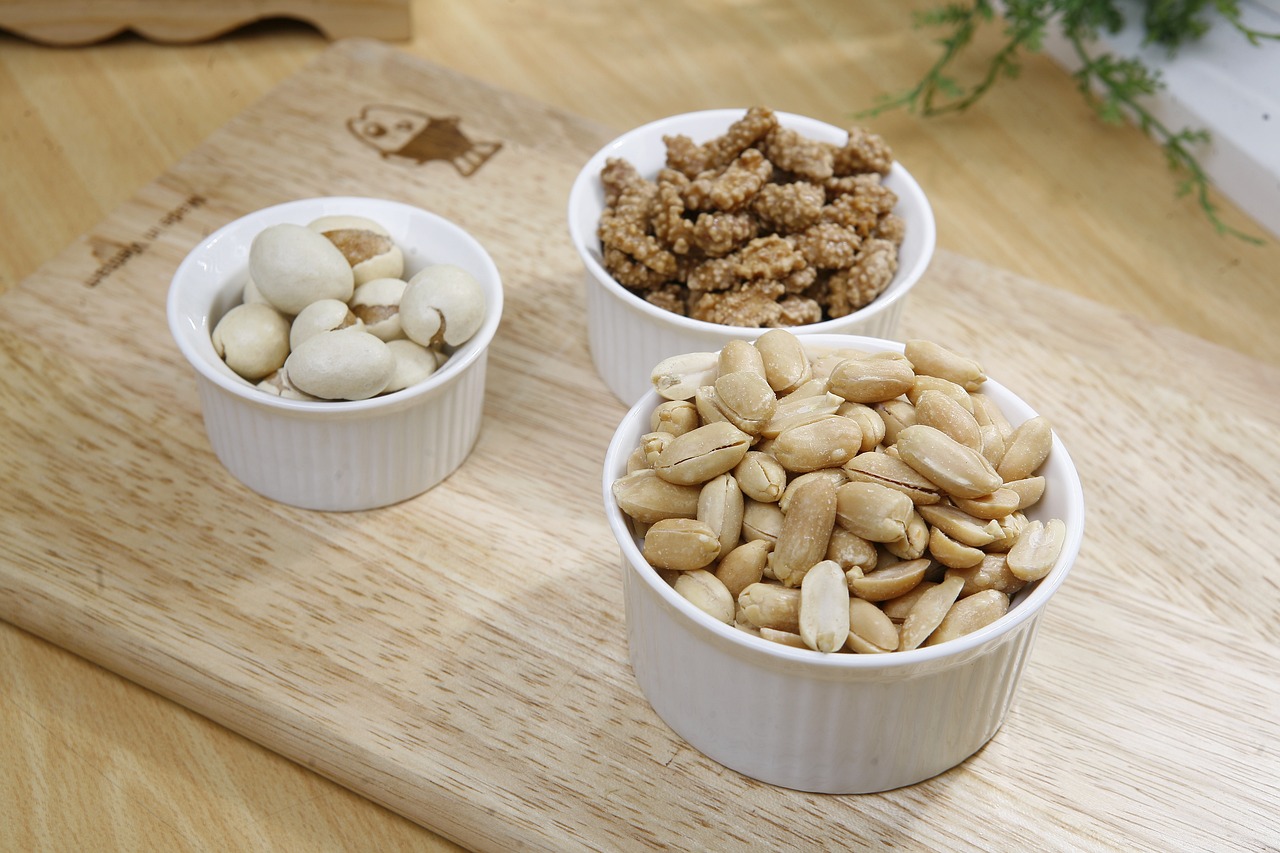Good foot care is fundamental for maintaining walking ability and avoiding sores.
This article is written based on Swedish conditions but can hopefully provide inspiration in other countries as well.
Older people often have more calluses and more difficult-to-care-for nails. Good routines for foot care reduce the risk of self-cracks and wounds. Some have a need for and are entitled to medical foot care, but even others need to have their feet taken care of regularly. Nail fungus and calluses may need to be treated. Those with diabetes should be offered "medical foot care".

Good care includes well-kept feet
All residents need regular foot care as toenails often become very hard and difficult to cut in older age. It might be a good idea to have a foot care specialist associated with the residence who comes regularly so that everyone gets help with their toenails. Fingernails are cut by staff in conjunction with showering and in between as needed.
Residents should have good shoes. There should be no calluses on the feet. These are carefully filed off with a sandpaper file. The feet are washed with soap and water and dried carefully between the toes. Nails should be cut straight across and not too short. Moisturize the feet and change socks often.
How to make foot care comfortable
Foot baths can be given for both relaxation and cleaning purposes. Report all changes and anything that feels abnormal to the nurse. Apply basic hygiene routines.
- A 5-10 minute foot bath softens skin and nails.
- The water temperature should be comfortable for the resident.
- If the foot bath is used by several residents, you can use a plastic bag in the bath to reduce the risk of infection.
- Make sure both the resident and you are comfortable.
- Wash and dry the feet. Dry carefully between the toes to avoid fungal infection and skin softening.
- Clean the toenails and possibly file the edges of the nails. If the nails need to be cut, they should be cut straight across, but not too short.
- Carefully remove dirt under the nails.
- Check the skin around the nails and moisturize the feet with a softening salve/cream.
- Clean and disinfect the foot bath after each use if it is to be used by several residents. Clean and disinfect reusable materials.
Diabetes and foot care
Foot care should be done by a specialist. If late complications, such as decreased sensation in the feet and lower legs have occurred, we must detect and if possible treat these. If necessary, medical foot care is used. Preventive foot care for diabetic residents reduces the risk of hard-to-heal wounds and amputation.
The feet should be assessed annually and examined for vibration sense, sensation and circulation by a nurse or doctor. If the diabetes patient gets a wound, it is important to know that high blood sugar and poor nutritional status negatively affect wound healing. For diabetic wounds, the patient therefore needs energy- and protein-rich food as well as possibly protein-rich nutritional drink. If the wound is hard to heal, a decision needs to be made about whether the patient needs to go to a multidisciplinary foot care team.
The operation needs to have good routines so that everyone gets their feet cared for regularly. The care manual provides good support for working with foot care for those who are not in the risk group and should therefore be offered medical foot care. The resident and the operation may also need to have good equipment to be able to offer foot care to the resident.
Reflection questions - foot care
Care personal:
- Do you take good care of the residents' feet?
- Do you have any residents with difficult to manage feet?
- How do you handle that?
Manager, nurse, occupational therapist and physiotherapist:
- Do all residents get their feet taken care of properly?
- If not, how do you work to improve foot care?
- Is there access to medical foot care?
- Who has access to it?
Residents and relatives:
- Does your relative have comfortable footwear?
- Are the feet and nails well cared for?
Erland Olsson
Specialist nurse
Sofrosyne
Better care every day

Aktuellt i media
-
2025-04-14 04:00
08 Förebyggande o lokaler
The art of furnishing a nursing home, a balancing act between homeliness, functionality, and hygiene aspects.
info -
2025-04-10 04:00
04 Bemötande
Waking up in a nursing home - is the morning routine adapted to each individual's needs?
info Bild: Pixabay
Bild: Pixabay -
2025-04-07 04:00
09 Mat och måltid
For the elderly, it is often important to eat many snacks in order to get enough nutrition.
info Bild: Pixabay
Bild: Pixabay -
2025-04-03 04:00
04 Bemötande
What creates safety in elderly care homes - advice and tips on creating a secure environment for the residents
info -
2025-04-01 00:00
10 Aktivitet o funktionsbevarande arbetssätt
Reminiscing, working with memories, is an activity that creates a lot of added value for people with dementia.
info - 2025-03-31 04:00 05 Planering

